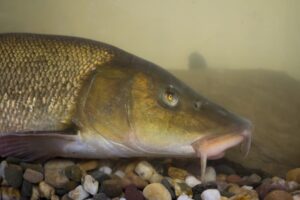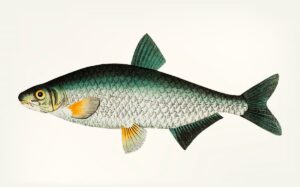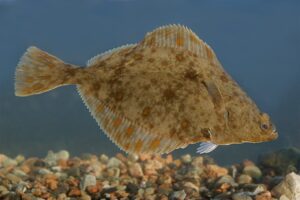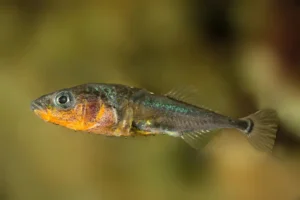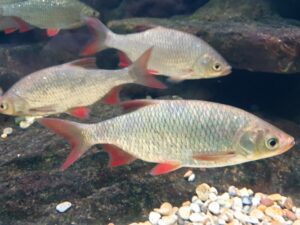Bottom feeder: Common Nase (Chondrostoma nasus)
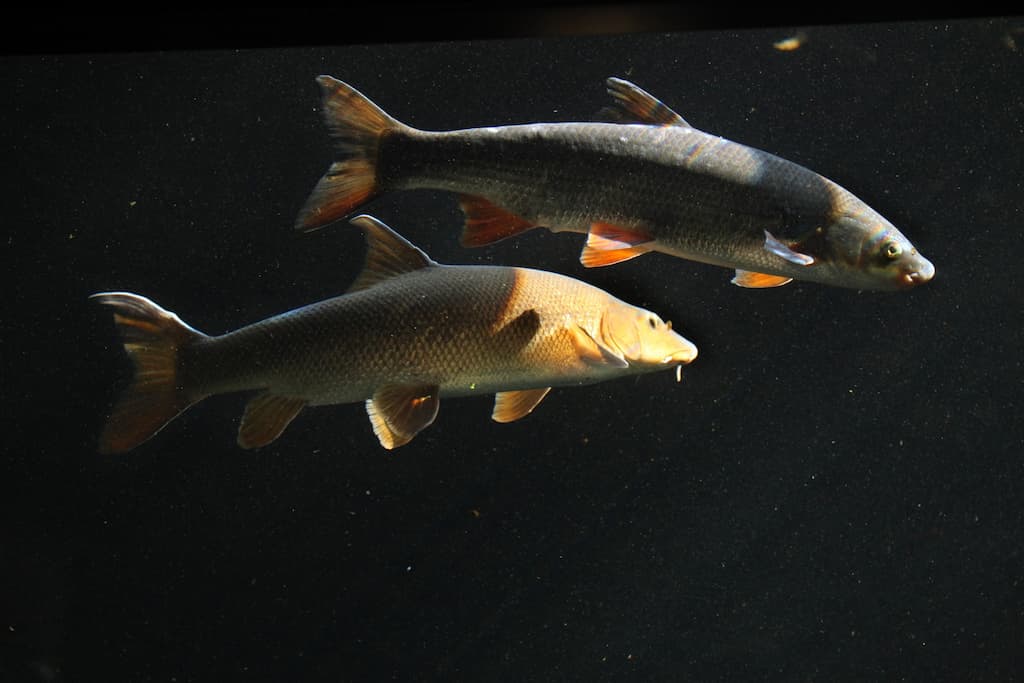
The Common Nase (Chondrostoma nasus) is a fish found in fast-flowing waters, easily identified by its characteristic snout resembling a pig.
This species enjoys resting around large submerged obstacles, such as bridge pillars and rocks. Once recognised, anglers can easily distinguish it from other species.
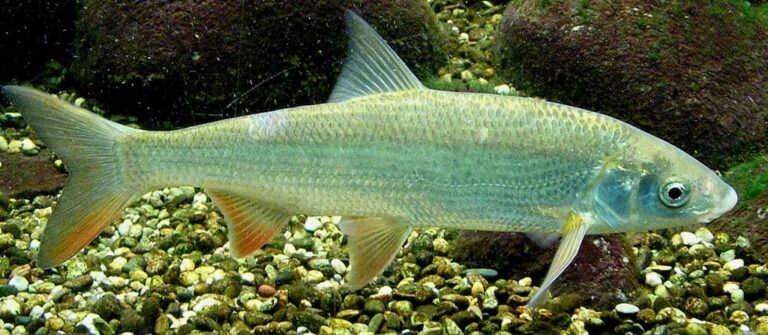
What is a Common Nase?
The Common Nase (Chondrostoma nasus) is a potamodromous and rheophilic freshwater fish species. It is recognisable by its brownish back, horned and sharp lips, and bland and soft flesh. Primarily feeding on insects, crustaceans, and small molluscs, the Common Nase can grow up to 60 cm (about 23.6 inches) and weigh over one kilogram (2.2 pounds). Sports fishermen value it for its size and strength, but it is also consumed locally in some areas of Europe.
Description of a Fish: the Common Nase
Identification of the Common Nase
The body of the Common Nase (Chondrostoma nasus) is spindle-shaped, similar to other cyprinids. Its head is small with relatively large, yellow eyes. The snout is conical and characteristic, with an inferior mouth position, no barbels, and very thick lips, indicating that this fish grazes the bottom for food.
The Common Nase has a dorsal fin and a deeply forked caudal fin above the pelvic fins. The fish’s back is bluish-grey or greenish-grey with silvery sides and a whitish belly. The pectoral, pelvic, and anal fins are coloured orange-red, while the dorsal and caudal fins are dark grey. Its body is covered with many large scales.
| Class |
| Actinopterygii |
| Order |
| Cypriniformes |
| Family |
| Cyprinidae |
| Genus |
| Chondrostoma |
| Species |
| C. nasus |
| Binomial Name |
| Chondrostoma nasus (Linnaeus, 1758) |
Size and Weight of the Common Nase
The usual length ranges from 20 to 40 cm (about 7.9 to 15.7 inches) with a weight of 1 to 2 kg (about 2.2 to 4.4 pounds). The most prominent individuals can reach a size of 60 cm (about 23.6 inches) and weigh a World record of 2.49 kg (5 lb 7 oz).
Longevity
The average lifespan of the Common Nase is 15 years, but specimens living up to 23 or 25 years have been reported.
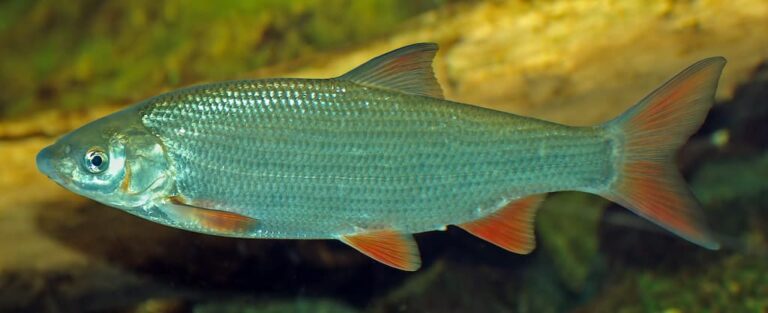
Habitat and Lifestyle
Habitat
The Common Nase is a typical fish of Central Europe. It spread to Western Europe and Italy through navigation canals built in the 19th century. It is a species that quickly acclimates to new environments and is sometimes considered invasive. However, the Common Nase does not favour cold waters and is extremely sensitive to pollution. It particularly enjoys fast-flowing, shallow waters with gravelly bottoms and the beds of large rivers around bridge pillars, submerged structures, and rocks. During spawning, it migrates upstream in the rivers it usually inhabits and can even reach trout areas. Additionally, the Common Nase is a gregarious fish, moving in schools of several dozen individuals, and does not hesitate to mingle with other fish species like Barbel or Chub.
Diet
The Common Nase is primarily a daily feeder. It is a benthic herbivore, grazing the bottom with its upper lip to detach plant debris, algae, and tiny microorganisms. This feeding activity leaves traces visible on the surface for the observant eye.
Reproduction of the Common Nase
The Common Nase reaches sexual maturity at a late age (between 4 and 7 years). Before the spawning period, they migrate to the upper parts of rivers to find shallow areas with gravelly bottoms, where the eggs the females lay adhere to the substrate. Each female lays between 50,000 and 100,000 oocytes. The male takes on a brighter colour and bears nuptial tubercles during spawning. The eggs hatch 10 to 30 days after fertilisation, and the fry utilise the gravelly bottoms for shelter. Their growth is relatively rapid in the first two years and slower after that. Interestingly, the Common Nase does not hybridise with other fish species.
The Interest of the Common Nase for Anglers
The Common Nase is a freshwater fish with little interest for anglers: its quality as live bait could be better, and its legal capture size is generally relatively high. Culinarily, the flesh of the Common Nase is considered rather good but contains numerous tiny bones.
Fishing Techniques for the Common Nase
The Common Nase is fished using bottom fishing techniques. The favourite baits for this fish are maggots and pieces of worms. Ideal spots for catching it are areas where the current strengthens.
International Common Names of the Common Nase (Chondrostoma nasus)
The Common Nase is known by various names in different languages. In German, it is called “Nase” or “Nasenmaul.” In French, it is referred to as “Nase commune”. In Italian, it is known as “Naso comune.” These names reflect the species’ widespread distribution across Central and Western Europe.
Conservation Status of the Common Nase (Chondrostoma nasus)
The Common Nase is classified as “LC” (Least Concern) on the IUCN Red List. The “Least Concern” category corresponds to a widespread and abundant species.

